Lessons from the Remarkable Life of St. Jerome
Sep 30, 2021 by Cheryl Hadley
St. Jerome is an unfamiliar saint to many Catholics. But he lived a remarkable life and he has so much to teach us today. This Father of the Church spent much of his life translating the Bible to Latin, which began the transmission of Sacred Scripture among faithful Christians. He was also a model for asceticism, prayer, and devotion.
His Early Life
Jerome, whose Latin name was Eusebius Hieronymus, was born in 347 AD to a Christian family in Stridon, a Roman province now in Croatia. Well educated, he completed his studies in Rome, where he went to live at the age of 12. As a young man there, he indulged in many worldly pleasures, especially women, while pursuing a classical education. He became a renowned intellectual and gifted scholar.
Though the allure of worldly life was strong for this intellectual saint, his desire and attachment to the Faith eventually prevailed. Recognizing his sins, he would often visit the crypts of Rome, imagining himself in hell in an effort to convince himself to change.
Baptized in 366, around the age of twenty, he joined a group of fervent Christians who chose to live ascetic lives as they aspired to holiness and union with God.
Spiritual Advancement
After becoming a priest, Jerome went to live in the desert in Syria, mastering Greek and Hebrew, and transcribing the writings of the early Church. The mystic spent the remainder of his time immersed in meditation, prayer, penance, and Sacred Scripture. He particularly loved the Word of God.
[[2034, 32940]]
Fiercely regretting his youthful indiscretions, he began a period of intense penance, literary activity, and study. His writings contain an account of a "vision" in which he saw himself being scourged before God for being "Ciceronian rather than Christian," and he vowed to devote his considerable intellectual gifts and penitential life completely to the Lord.
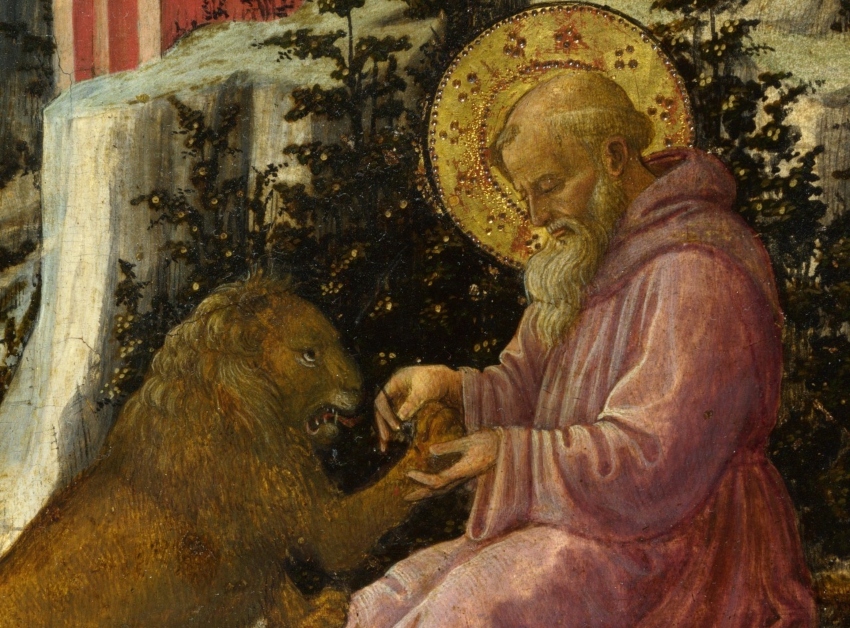
St. Jerome's Vision in Art
His asceticism, intellect, and incredible devotion to God captivated many classical artists, particularly Renaissance painters. His "vision" is the subject of many beautiful works of art. He is considered one of the Four Great Doctors of the Latin Church, along with Saints Ambrose, Augustine, and Gregory the Great. The art he inspired has a few common themes.
Artists portray Jerome as an elderly or emaciated monk, deep in a cave or alone in the wilderness, sometimes writing feverishly with books spread about. Often he is pictured beating his breast with a stone, or communing with the Angels inspiring him in his translations. A skull can be seen in many of these paintings as a reminder of our mortality.
Sometimes a lion lounges with Jerome to symbolize the Lion of the Tribe of Judah and the peaceable kingdom of Isaiah, where the Lion shall lie down with the lamb. He was said to have befriended this lion after removing a thorn from its paw.
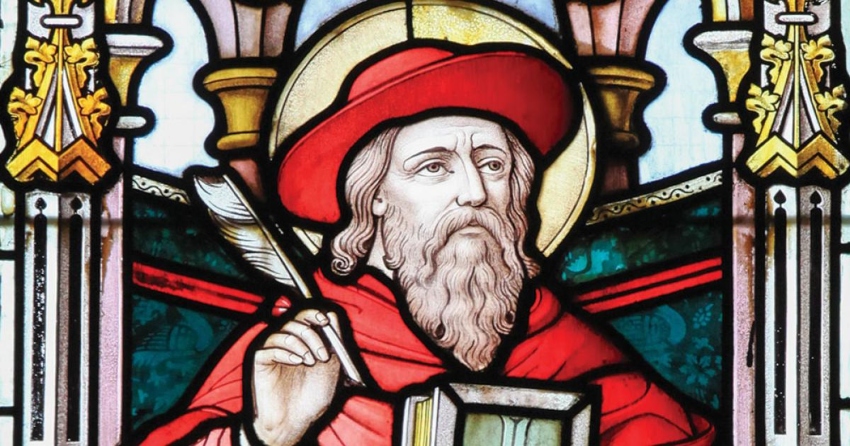
Serving the Pope
In 382 Pope Damasus retained Jerome as his counselor and personal secretary because of Jerome's renown as an ascetic and scholar. He served the Pope in Rome until the Holy Father's death.
He was more than a scholar and Latinist to the Pope. Jerome became a trusted advisor and spiritual teacher, particularly to members of the aristocracy. His teaching prompted many of these worldly people to seek perfection in a devoted Christian life. His influence and spiritual guidance inspired the faith of many in Rome and the surrounding areas.
He began the papal library, and embarked on a monumental project, translating the ancient, first biblical texts into Latin, which was the language of the West and the Church in his time. There was an immense pastoral and cultural need to make the scriptures more transmissible, so the Pope asked Jerome to translate the Bible.
His Great Work
To Jerome we owe the famous Latin version of the Bible, known as the Vulgate (Latin for "official"), which later became the official translation of the Western Church, advancing exposure, knowledge, and love of the scriptures beyond priests and other religious.
Thanks to his linguistic and theological genius, Jerome produced this translation over what was likely 15-20 years. It was the authoritative version of the bible for Catholics until the 20th Century. Historians say the Vulgate translation has been heard by more Christians than any other.
[[7676, 19193]]
St. Jerome also taught a methodical, rich, and discerning approach to the scriptures. He broke open the Word for the laity, widely disseminating the messages of the Bible. Biblical teaching and the reading of scripture became accessible to his "students," and hunger for more biblical knowledge began to spread among the people.
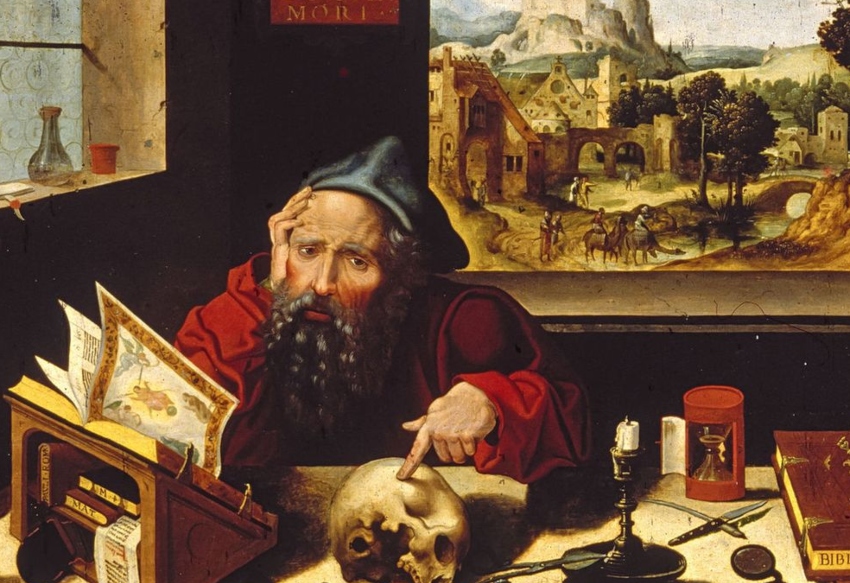
Divinely Inspired
Jerome saw clearly that even the order of the words in scripture was divinely inspired. He mastered Greek and Hebrew to translate the texts as accurately as possible. He adhered to very stringent guidelines, affirming in his own writings the degree to which he constantly referenced the ancient, first biblical texts when translating. Of the importance of accuracy and detail here he wrote:
"Should an argument on the New Testament arise between Latins because of interpretations of the manuscripts that fail to agree, let us turn to the original, that is, to the Greek text in which the New Testament was written. "Likewise, with regard to the Old Testament, if there are divergences between the Greek and Latin texts we should have recourse to the original Hebrew text; thus, we shall be able to find in the streams all that flows from the source"
Mind of a Scholar
He vigorously refuted heretics with his pen as his primary weapon. He also taught the importance of Christian literature, which at this time was growing in prevalence and popularity. He promoted the idea that it would help integrate the Faith into the culture if Christians would commit to reading the literature of their own Faith.
He compiled a catalog of more than 100 of the earliest Christian writers, and translated many works from Greek. He also wrote the important Epistulae (series of letters) that are one of the most essential sources for details of the early Christian life in the 4th and 5th Centuries.
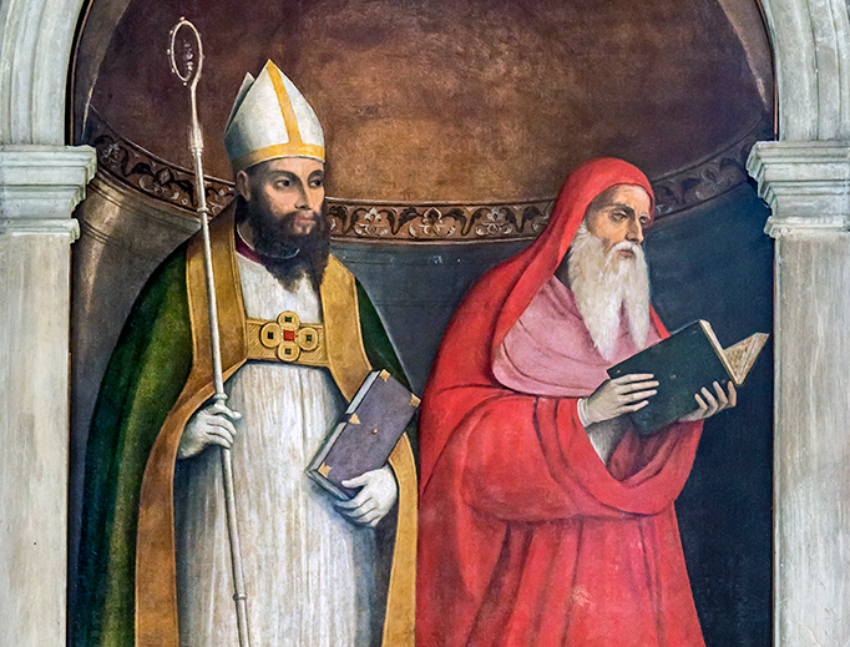
St. Augustine said of St. Jerome, “What Jerome is ignorant of, no mortal has ever known.” Jerome is the second most voluminous writer of the early Church Fathers, following only St. Augustine. His learning was considered unequaled by anyone in the history of the Church, and he had an incredible memory, allowing him to master many languages and remember many texts in detail.
St. Jerome loved reading classical, Christian and even pagan works in order to study and refute those who did not know or believe the truth. He had the most extensive private library of the time, and was a true bibliophile. It was a sacred place where many early texts of Christianity were stored or originated, and it was destroyed by bandits in 416 AD.
He continued to collect books and manuscripts all his life, even storing them in the hermitage and monastery he founded. He is the patron saint of librarians, translators, biblical scholars, and archeologists. His feast day is September 30.
Return to Heremetical Life
When Pope Damasus died in 385, St. Jerome made a silent pilgrimage, returning to his heremetical roots. Following in the footsteps of Jesus, he traveled first to Bethlehem, then to Egypt, and throughout the Holy Land. He marked each destination in the life of Christ with an outpouring of devotion. Finally returning to the birthplace of Jesus, he remained in Bethlehem until his death, sometime around 420 AD.
During his later years in the Holy Land, he continued to translate the bible, pray, write his commentaries, and do penance as a hermit, living in a cave. Jerome’s cave in Bethlehem leads down into a complex of subterranean chambers. At the end are the two "rooms" where he lived and worked.
Within the same network of caves are his original burial place and the Cave of the Nativity, believed to be the birthplace of Christ, as well as the Cave of the Holy Innocents, where the infants massacred by Herod are believed to have been buried. Now the relics of St. Jerome rest in the Basilica of Santa Maria Maggiore in Rome.
Patron for Angry Times
Jerome was known to have a fiery temper, and often do penance for it. He beat his breast with a stone in contrition, slept on a rock on the floor of his cave, and remained steadfast in penance throughout his life for this imperfection, at which he constantly worked.
With his vitriolic pen he decimated heretics and tenaciously defended the Faith. He had an intense personality and was an outspoken man. His love for God and Christ was extraordinary, and he went after those who were enemies of the faith, with scholarship and often sarcasm. He did not take kindly to those who opposed the truth.
As with many fearless critics, his strong personality could sometimes bear unpleasant fruits. Though he was swift to anger, he was also swift to remorse, and was said to be much more patient with the shortcomings of others than he was of himself. He was reportedly always gentle with the poor and downtrodden.
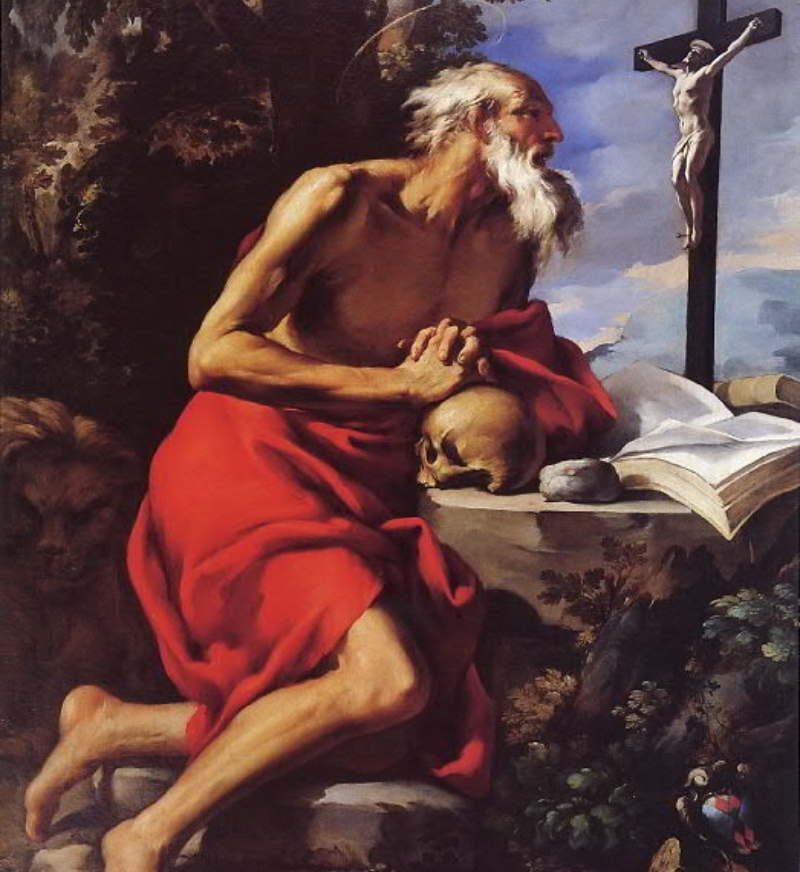
Timeless Lessons from St. Jerome
On Penance and Lifestyle - In an age such as ours, it is easy to forget that each day should contain penances to make reparation for our sins and the sins of the world. These penances can be large or small, but the acts of reparation are incredibly important, for the salvation and progress of each soul and that of all humanity.
One look at the variety of beautiful artwork capturing St. Jerome as a hermit is a faithful reminder that we cannot allow our hearts to be enslaved by worldly allurements, for this world is not our home. We can and do move the heart of God with acts of sacrifice and prayer.
We must strive to keep Him at the center of our lives in this frenetic, materialistic and disordered world, especially by making time to be alone in His presence as we seek union with Him.
On Sacred Scripture - Influencers come and go and so does popular opinion, but the Word of God is as applicable to each of us today as it was to St. Jerome, and the Christians who came before him. It transcends time, containing eternity -- in a way that few things can.
"Ignorance of scripture is ignorance of Christ, " -- St. Jerome
The Word of God is valid forever. It never becomes stale or dated. When we pursue it, love it, and to carry it within us we cary all of eternity in ourselves. It is not only a Word of the past. It is the Word of the Eternal Now. It is a great gift to God's people that many of us do not make time for, read, or study as often as we could.
It is personal, and it is also communal, thanks to the scholarship, faith, and love of St. Jerome as he cooperated with God's grace.
On Putting Our Lives at the Service of God - The life of St. Jerome reminds us of the importance of putting our lives, our gifts, and our talents wholly at the service of God. Allowing Him to work in and through us will bring about His will. There can be no greater plan for each soul than to be at the center of God's will, participating in His plan for salvation. By understanding this, a saint indulgent in youth became an ascetic who gave us the gift of the Vulgate.
When we place our gifts entirely at his disposal, God will use them, blessing our efforts with extraordinary graces.
St. Jerome's passion, perseverance, and sacrificial love for God brought great fruit to the Church. That fruit still feeds each of us today through His Word and Jerome's holy example of faithful surrender and perseverance.
May we seek God with passion, as Jerome did, and may we find Him in the many ways in which He waits to reveal Himself to us - today and every day.
St. Jerome, pray for us.





